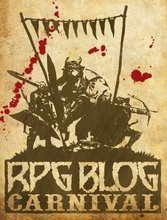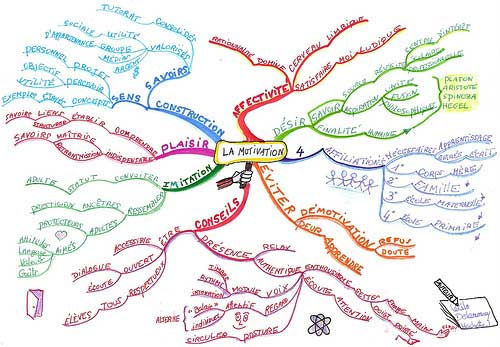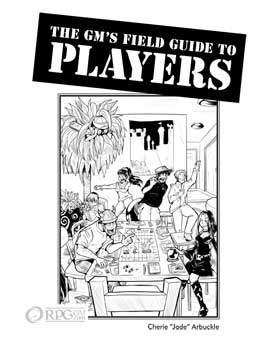 This is part 5 of our series on how to develop a full adventure from an adventure seed.
This is part 5 of our series on how to develop a full adventure from an adventure seed.
Last time, we began answering the questions our adventure seed suggested. We answered the “who” questions; today we’re going to continue with the “what” questions. As before, none of these answers are set in stone–we can come back and change them at anytime.
Now, onto the “what” questions:
What are the exact goals of the mission?
Players need concrete goals that allow them to know when they’ve succeeded or failed in their mission. Let’s say the princess is in the secured compound because she’s been betrothed to the court wizard, who’s also her father’s best friend and 30 years her senior. We’ll call him “Roman” and add him to our growing list of NPCs to create. And let’s give the kingdom a tradition where a bride-to-be spends time in seclusion with only her closest female friends and (in the case of nobility) maids.
Our PCs are going to be tasked with the mission of smuggling the princess out of her seclusion so she can marry her “true love”: Feodor (that’s what Prince Alexei will tell the PCs). We’ll go into more detail about this when we get to the “why” questions.
What is the performance the players are going to do?
They’re going to perform a play that’s been popular in the surrounding kingdoms, a romantic piece about true love, high adventure, and daring-do. Given the fact that most PCs have little to no performing skills, Kirill’s, our troupe’s leader, plans to use them as stagehands. This will also allow the PCs more room to fulfill their mission, as they don’t have to be on stage at any particular time.
What kind of performers are they?
A troupe of actors, who travel around performing plays at various courts and festivals.
What security measures are in place?
We’ll come back to this question later. Once we’ve answered the other questions, we may have a better idea about what resources the kingdom has to draw on to create the security measures.
What maps do you need to create?
As of this point in time, the only map we really need is one of the secure compound where the princess is serving her “seclusion”–that is, a time before her marriage takes place. But we’ll go into this more in our “when” questions.
What special items might the PCs need to succeed?
So far, we’ve got nothing to tell us that the PCs will need any special equipment, but we may come up with some as we further flesh out or adventure.
What does the compound look like?
Given the fact that this is for the princess, it wouldn’t be odd for the “compound” to be beautiful and comfortable. It would be filled with the princess’ favorite things and probably display the wealth of the king, her father, and of the kingdom itself. So think soft, comfortable furnishings, artistically painted walls, probably with murals, perhaps even an internal courtyard with a garden and a pool.
What group or faction does the national leader belong to, if any? What group or faction does the PCs employer belong to, if any?
Our adventure isn’t shaping up to include factions or groups, so we can safely ignore these two questions. If we change our minds, we can always come back to them.
What obstacles might stand in the way of the PCs succeeding?
Well, first and foremost, there will be the security measures we’re going to detail out later. Other possible obstacles could be Kirill, if he discovers the nature of the PCs’ mission and doesn’t like it. Another obstacle could be the princess herself. What if she doesn’t want to be “rescued”? What if she actually wants to marry the wizard. Of course, the PCs won’t know this at first–they’ll have been told by Prince Alexei that Fedor, Roman’s apprentice, is her true love. And if, despite her love of sappy love stories, the princess is extremely competent, she could pose a formidable obstacle, indeed, particularly since she knows the compound much better than the PCs do.
What will happen if the PCs succeed?
First of all, they’ll have made a enemy of the princess. But Prince Alexei will be willing to pay a rich reward for foiling the official wedding plans. This is where having knowledge of your PCs comes in handy. What reward would they wish? Perhaps Alexei, not being the most astute of princes, will allow each of the PCs to name any reward within his power to grant.
What will happen if the PCs fail?
The princess’ wedding will go on as planned and the PCs will have gained the wrath of the crown prince and possibly the wizard’s assistant, as well. If we postulate that the wizard himself doesn’t want the marriage to go forward (perhaps he sees the princess more as the daughter he never had), they could possibly be granted a reward by him. We’ll hammer out the consequences of success and failure as we go along.
Next time, we’ll cover “when” and possibly “where” questions, as well.
[Photo courtesy of Vikki-Lea via Flickr Creative Commons 2.0]










 Your GM picked out the adventure, did all of the background work, fleshed out the NPCs, balanced treasure and other rewards. Now it’s finally time to run the adventure, it’s up to the GM to find a way to motivate your character. Right?
Your GM picked out the adventure, did all of the background work, fleshed out the NPCs, balanced treasure and other rewards. Now it’s finally time to run the adventure, it’s up to the GM to find a way to motivate your character. Right?![Reblog this post [with Zemanta]](http://img.zemanta.com/reblog_c.png?x-id=a9c48f1d-d82d-420c-9b2b-01fcf956e82a)
 We all struggle with it (well, at least many of us struggle with it) — how do you write an adventure that your players will love? Here’s a collection of adventure creation resources available on the web:
We all struggle with it (well, at least many of us struggle with it) — how do you write an adventure that your players will love? Here’s a collection of adventure creation resources available on the web: We’ll take each question in turn, but you don’t have to use them in the order given here. I tend to jump back and forth between questions as I develop scenarios and adventures. Have you ever used any of these to create adventures?
We’ll take each question in turn, but you don’t have to use them in the order given here. I tend to jump back and forth between questions as I develop scenarios and adventures. Have you ever used any of these to create adventures?



